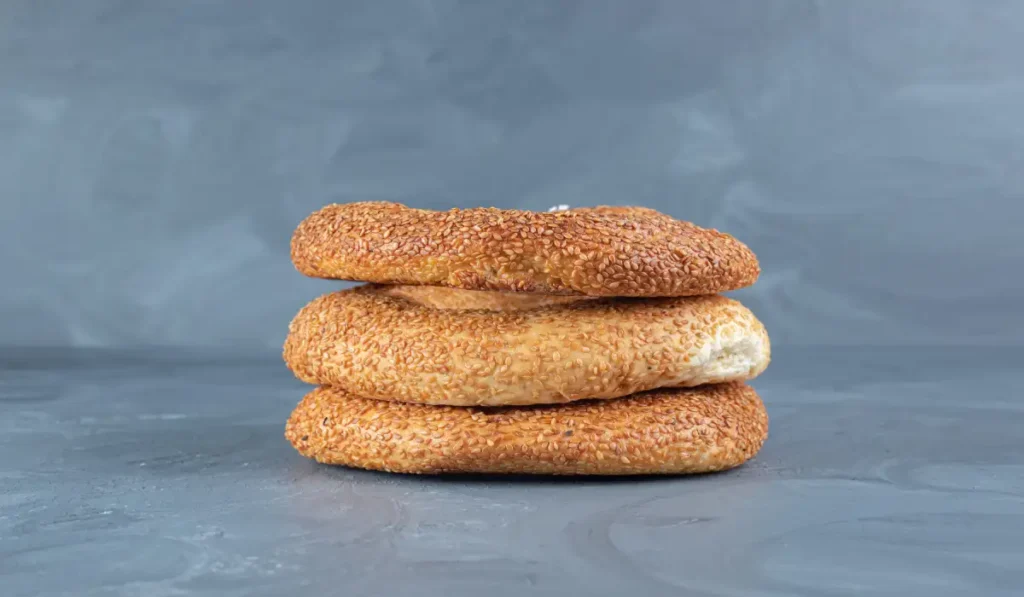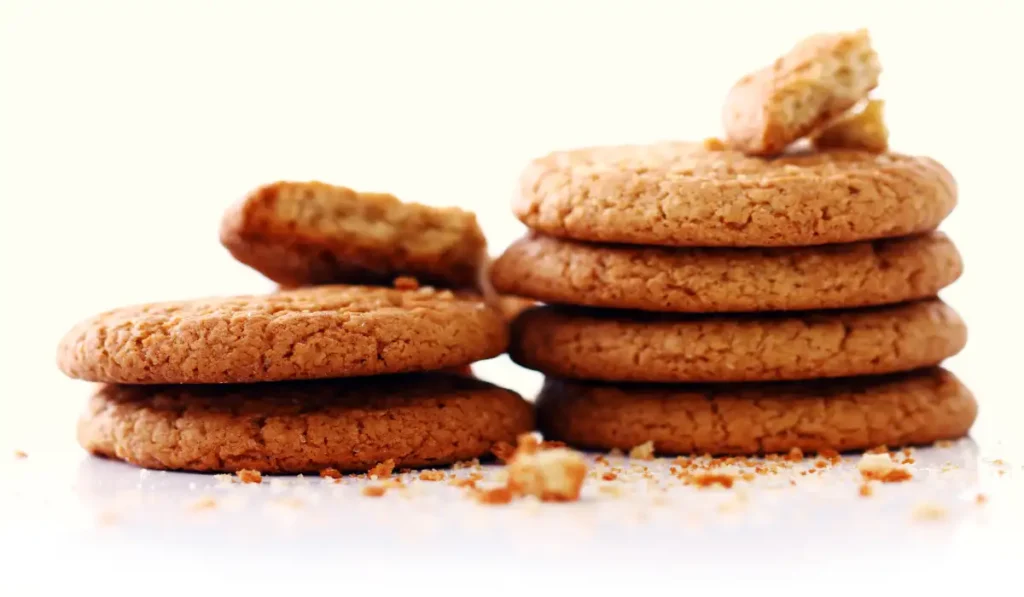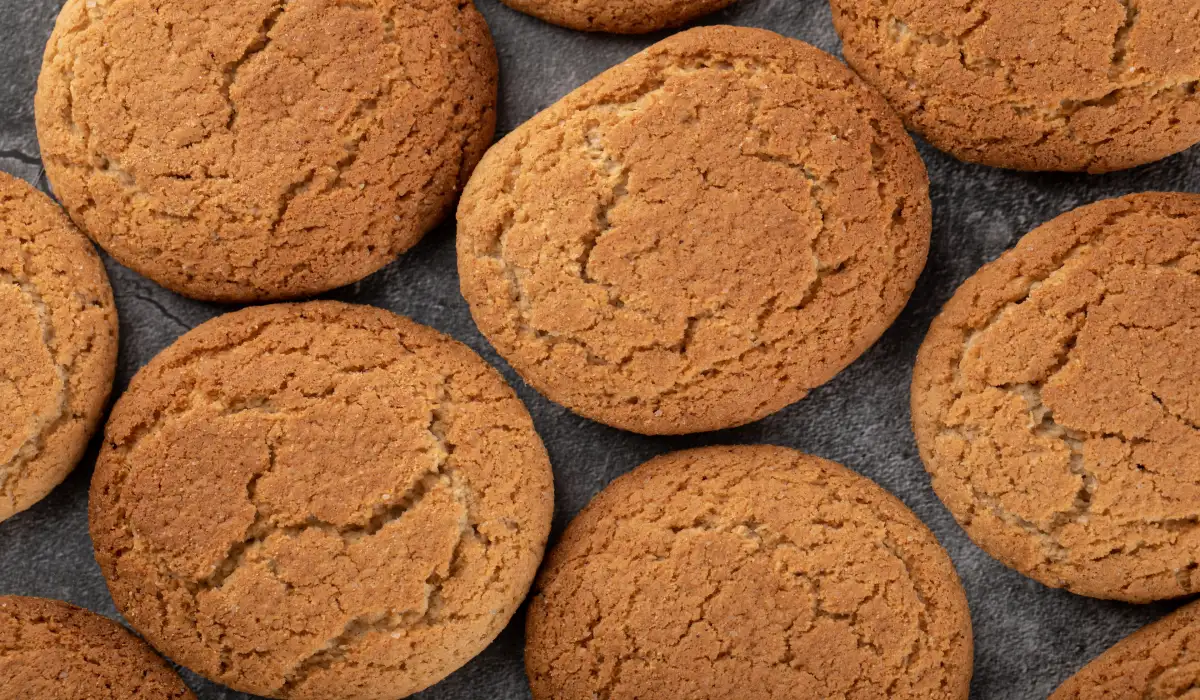Cream of tartar is a common ingredient in cookie baking, but have you ever wondered about its role in creating your favorite treats? In this article, we’ll dive into the fascinating world of cookie baking and explore the impact of cream of tartar.
You might be wondering, “Is cream of tartar really necessary in cookies?” We’ll answer that question and more as we unravel the science and art of baking.

The Science Behind Cream of Tartar in Cookies
- Cream of Tartar, scientifically known as potassium bitartrate, is an acidic byproduct formed during wine fermentation.
- In baking, it serves as an acid that activates baking soda, a leavening agent, to produce carbon dioxide gas.
- The gas created by this reaction causes cookies to rise and become light and airy.
- Cream of Tartar also stabilizes egg whites, making them suitable for meringues and certain cookies.
- This acid contributes to the characteristic tangy flavor in some cookie varieties, like snickerdoodles.
Why Use Cream of Tartar in Cookie Recipes?
Cookies made with cream of tartar often have distinct characteristics that many bakers and cookie lovers appreciate:
- Soft and Chewy Texture: Cream of Tartar can create cookies that are soft and chewy on the inside while slightly crispy on the outside.
- Reduced Spread: It controls the spread of cookies during baking, ensuring they maintain their shape and don’t become overly thin.
- Enhanced Flavor: Cream of Tartar adds a subtle tanginess to cookies, enhancing their overall flavor profile.
- Preventing Crystallization: In certain recipes like sugar cookies, it helps prevent sugar from crystallizing, resulting in a smoother texture.
- Leavening Agent: When used in combination with baking soda, cream of tartar acts as a reliable leavening agent, producing cookies with a light, airy structure.
Check more on the article healthline.

Baking Without Cream of Tartar
Is it possible to bake delicious cookies without cream of tartar? Absolutely! While cream of tartar plays a valuable role in cookie recipes, there are viable alternatives:
- Baking Powder: Baking powder contains both an acid (cream of tartar) and a base (usually baking soda), making it an excellent one-to-one substitute.
- Lemon Juice or White Vinegar: These acidic liquids can replicate the tangy flavor of cream of tartar in certain recipes.
- Yogurt or Buttermilk: These dairy products provide acidity and moisture to cookies, serving as effective cream of tartar replacements.
If you’re curious about trying cookie recipes without cream of tartar, JoyFoodSunshine’s detailed guide offers valuable insights and substitution recommendations. Additionally, Sally’s Baking Addiction provides a classic snickerdoodle cookie recipe for your reference.
In conclusion, cream of tartar is a versatile ingredient in cookie baking, contributing to texture, flavor, and overall cookie quality. Whether you choose to use it or explore alternatives, happy baking!
For readers interested in complementing their lobster pasta with a savory dish, the French Meat Stuffing Recipe can be a great addition.

